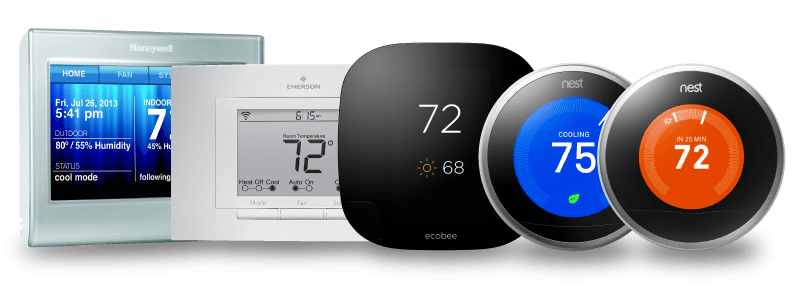By reducing your energy consumption at home, you’re not only saving money on your energy bills, but you’re also helping to save the environment, because, yes, climate change is a thing. Many people overlook the simple things they can do at home to help reduce the carbon footprint because a) they think it’s too expensive or b) they don’t think it’ll make much of a difference.
But both of those theories are wrong. You don’t need to have an expensive solar PV system installed on your roof to reduce your energy consumption (which technically isn’t reducing your energy consumption as much as it is switching to renewable sources of it, but tomayto/tomahto), nor are the small things you do at home insignificant, especially if enough people do them.
Here’s how to reduce your energy consumption at home
Switch to LED lightbulbs
LEDs consume 80 percent less energy than regular incandescent globes without impacting on luminoscity. In other words, they’re just as bright – in some cases, brighter – but require less than a quarter of the energy other globes do.
There is some initial capital outlay as LEDs are quite expensive, but they’re also virtually maintenance free, lasting up to 50 times longer than typical incandescent lights. There are also some installers that offer financing, allowing you to pay for the LEDs using the savings from your electricity bills.
Unplug your gadgets
You’re told this one time and again, yet you never seem to remember to do it, so this is the final boarding call for the Unplug Your Gadgets Train.
It’s one of the easiest things you can do, especially when you consider the number of appliances you maybe only use one a day or week that can be unplugged without any disruption to your routine – hair dryers, hair straighteners (ladies, here’s looking at you), electric razors (gents!), unused phone chargers, coffee machines and grinders, blenders, gaming consoles… the list is almost endless.
Run and walk more
This serves many more purposes than you might think. Firstly, and most obviously, it helps to burn your own bodily energy so it’s good for your overall health; but if you start coordinating runs or walks with other activities, it’ll also help you to reduce your home energy consumption.
People who work from home tend to use more energy keeping their home offices warm during winter, but if you’re able to, take regular brisk walks. It’s good for your health, plus it’ll increase your body temperature and keep it there for a few hours after you’re done; office workers can try walking to work (or using public transport) and then walking (or running) home in the evenings; finally, try ditching the car when you only have a few groceries to buy, in favour walking to the shop.
Shop locally
Love eating watermelon year-round? That’s great, except that it probably isn’t grown anywhere near where you live during winter. Purchasing foods that are in season and grown locally drastically cuts down on the carbon emissions produced by the vehicles used to ship them in all year round. It also helps our local producers to earn a living, which is a nice thing to do too.
While you’re at it, you might as well ditch the mass-produced prepackaged foods – even the ones that look healthy. If they’ve been produced for mass consumption, are packaged in plastic, and have a shelf-life of months or years, then they’ve been produced on the production line of a factory, with black smoke billowing from its chimneys.
Start using your curtains
Light filtering shades, like venetians and verticals, are great for keeping the sun off your TV screen, but they’re fairly useless for insulating a room. Windows account for 25 percent of cooling or heat loss from a room, unless you do something about it. If you can’t go to the expense of having new energy-efficient windows installed in your home, change your window coverings instead.
Cellular shades (also known as honeycomb shades) are the most energy efficient blinds currently available. They’re constructed out of a material that holds trapped air and acts as a barrier to the window surface, which helps to conserve the warm or cool air inside a room. When used in conjunction with good quality curtains, the loss of cool or warm air from a room is almost negligible, so you won’t need to run your heater as high or for as long.
Of course, if you really want to save money on your energy consumption, then best way to do that is to contact Bulk Energy. Join the thousands of Aussies we’ve helped to reduce their energy bills today.








